Given the below code, I made a strange observation (on macOS). If a List is wrapped in a NavigationView I suddenly get two updates per click on a row (one on mouseDown - aka holding the mouse click down and not releasing it, one on mouseUp - aka releasing the mouse click). This doesn't happen on a plain simple list, or if it's wrapped in an HStack instead. Does anyone know why and how I can control / change this behavior?
See HStack version in action:
See NavigationView version in action:
struct ContentView: View {
@State var selection: Set<Int> = []
var body: some View {
List(0..<20, selection: Binding(get: {
self.selection
}, set: { val in
print("set \(val)")
self.selection = val
})) { idx in
Text("\(idx)")
}
Color.red
Color.green
Color.blue
}
}
// Wrapped in a HStack, 1 update per row selection is triggered, as expected!
struct HStackVersion: View {
var body: some View {
HStack(spacing:0.0) {
ContentView()
}
}
}
// Wrapped in a NavigationView, 2 updates per row selection are triggered??
struct NavigationViewVersion: View {
var body: some View {
NavigationView {
ContentView()
}
}
}


